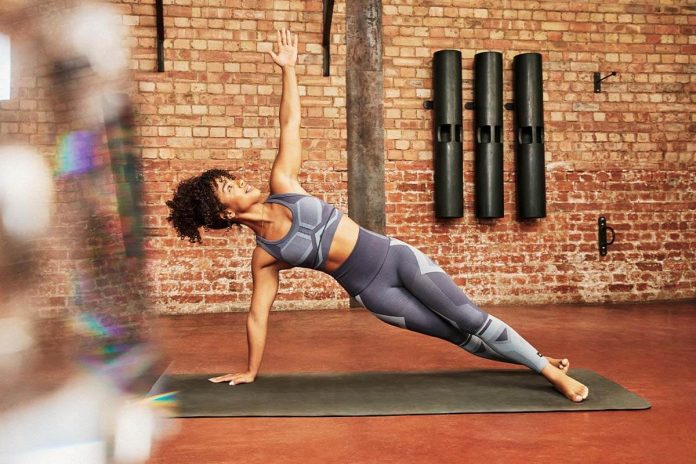“Hard core” is more than just a workout mantra; it’s a way of life for those who not only want a better beach body, but who also want to prevent injury, enhance balance and increase stability during all sorts of activities.
Whether you’re swinging a golf club or sweeping the floor, the necessary motions either originate in your core, or move through it; so it’s important to spend some time on this oft-overlooked area.
But if you’re dreading the thought of thousands of crunches, there’s another option for strengthening abs and back: Enter the stability ball, which first burst on the fitness scene in the 1960’s with regular use by the physical therapy industry.
A versatile and budget-friendly tool, the inflatable orb then went mainstream in the late 1980’s and has been used regularly since to improve balance and posture while targeting key muscle groups.
Use it at the gym or buy one for your home, and try these three beginner-friendly moves from American Council on Exercise (ACE):
Supine trunk curl
- Start with the top of the ball beneath the center of the back.
- Press the lower back into the ball and tighten the abdominals as you curl the rib cage toward the pelvis.
- Slowly return to the starting position and then repeat.
Supine oblique curl
- Start with the top of the ball beneath the center of the back, then stagger feet and rotate hips to one side.
- Anchor the lower hip to the ball and move the rib cage at a diagonal direction toward the legs (for example, right elbow to left inner thigh).
- Making sure neck and pelvis are stable, contract and repeat.
Forward transverse roll
- Kneel on the floor and place your forearms on the ball, making sure your hips and arms form a 90-degree angle.
- From this starting position, roll the ball forward as you extend your arms and legs simultaneously.
- Contract your abdominals to help support your lower back, which should not be strained.
- Roll as far forward as possible without compressing the spine, drooping shoulders, or rounding the torso.
- Return to starting position and then repeat.
If you’ve got a few sizes from which to choose, ACE suggests the following guidelines for finding the ideal diameter to suit your frame:
- Under 4’6”: 30 cm ball (12 inches)
- 4’6”–5’0”: 45 cm ball (18 inches)
- 5’1”–5’7”: 55 cm ball (22 inches)
- 5’8”–6’2”: 65 cm ball (26 inches)
- Over 6’2”: 75 cm ball (30 inches)








